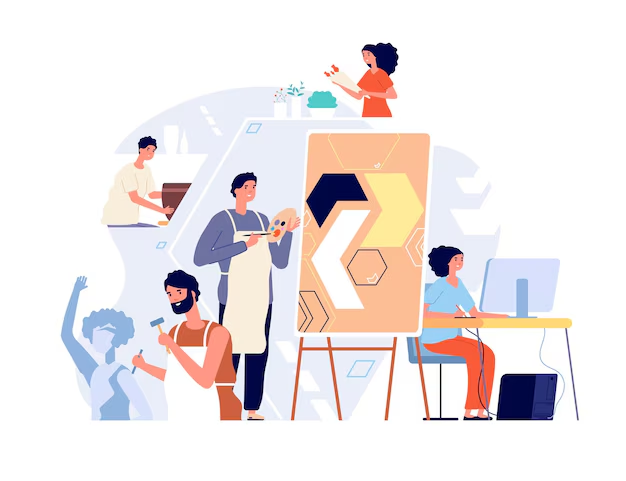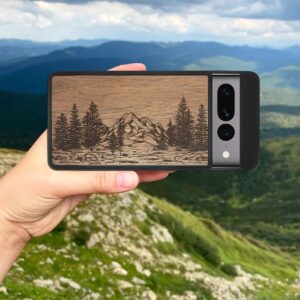
Drawing is more than just putting pencil to paper—it’s a way to express emotions, capture moments, and explore the world of imagination. For those passionate about drawing, the journey never truly ends. There’s always a new technique to master, a unique subject to explore, or a creative project to undertake. Whether you’re a seasoned artist or just starting out, here are some interesting ideas to invigorate your drawing practice and keep your creative juices flowing.
1. Experiment with Different Mediums
If you’ve always used pencils, try branching out into other mediums like charcoal, pastels, or ink. Each medium has its unique characteristics and can offer new challenges and opportunities. For instance, mushroom drawing with watercolors can create a delicate, ethereal effect, while using colored pencils can highlight the intricate textures and details of various mushroom species. Experimenting with different mediums, whether you’re depicting a whimsical toadstool or a detailed mushroom illustration, can help you discover new techniques and styles, enriching your overall drawing practice.
2. Incorporate Mixed Media
Mixed media involves combining various materials and techniques in one piece of artwork. This could mean integrating collage elements, watercolor washes, or even digital enhancements with your traditional drawings. Using mixed media can add depth and dimension to your work, allowing for greater creative freedom. Consider adding scraps of old newspapers, fabric, or even photographs to your drawings to create a more textured and layered composition.
3. Draw from Different Perspectives
Challenge yourself by drawing subjects from unusual or unconventional angles. Instead of drawing a standard still life from the front, try sketching it from above, below, or the side. This shift in perspective can lead to more dynamic compositions and help you better understand spatial relationships and depth. You might also try drawing reflections or transparent objects to push your observational skills.
4. Create a Drawing Series
Consider focusing on a particular theme or subject matter and creating a series of drawings around it. This could be anything from a series of portraits, architectural sketches, or abstract designs. A series allows you to explore a concept more deeply and can lead to interesting variations and developments over time. It also provides a sense of continuity and progress in your work.
5. Explore Different Styles
Experimenting with various artistic styles can be a great way to expand your drawing skills. Try emulating the techniques of famous artists like Picasso, Van Gogh, or Dali, or explore contemporary styles like digital art or street art. Studying different styles can help you understand different approaches to composition, line work, and color, and can inspire you to develop your unique artistic voice.
6. Create a Visual Journal
A visual journal is a personal sketchbook where you can combine drawing with writing, collage, and other creative elements. Use it to document your daily life, capture your thoughts and feelings, or explore different ideas and inspirations. A visual journal is a great way to keep track of your artistic progress and experiment with new techniques in a low-pressure setting.
7. Participate in Drawing Challenges
Drawing challenges, such as Inktober or Sketch-a-Day, can be a fun and motivating way to practice drawing regularly. These challenges often come with specific prompts or themes, encouraging you to create new work and think outside the box. Participating in these challenges can also connect you with a community of fellow artists, providing inspiration and support.
8. Explore Drawing in Different Environments
Take your drawing practice beyond the confines of your studio or home. Head outdoors to draw landscapes, urban scenes, or people in public spaces. Drawing in different environments can offer fresh perspectives and inspire new ideas. It also provides the opportunity to practice observational skills and adapt to various lighting conditions and settings.
9. Use Technology to Enhance Your Drawings
Incorporate digital tools into your drawing practice to explore new possibilities. Drawing tablets and software like Adobe Photoshop or Procreate offer a range of tools and effects that can complement your traditional drawing skills. You can also use apps for sketching, color exploration, or even creating animations. Blending traditional and digital techniques can lead to innovative and exciting results.
10. Collaborate with Other Artists
Collaboration can be a powerful way to gain new insights and ideas. Team up with other artists to work on joint projects, exchange feedback, or simply share techniques and approaches. Collaboration can push you out of your comfort zone and introduce you to new methods and perspectives that can enrich your own artistic practice.
11. Incorporate Personal Narratives
Infuse your drawings with personal stories or experiences. This could involve illustrating memories, dreams, or significant moments in your life. Adding a personal narrative can add depth and meaning to your work, making it more engaging and relatable. It also allows you to explore themes and emotions in a more intimate way.
12. Attend Art Workshops and Classes
Continuing education is key to growth as an artist. Attend workshops or classes to learn new techniques, gain feedback, and stay motivated. Whether it’s a local art class, an online course, or a specialized workshop, learning from others can offer valuable insights and inspire you to explore new aspects of drawing.
13. Create Art for a Purpose
Consider using your drawing skills for a cause or project that resonates with you. This could involve creating artwork for charity events, designing illustrations for social issues, or contributing to community art projects. Creating art for a purpose can provide a sense of fulfillment and allow you to use your skills to make a positive impact.
14. Challenge Your Creativity with Constraints
Sometimes, setting constraints can spark creativity. Try drawing with only one color, limiting your materials, or working within a specific size or format. Constraints can push you to think creatively and find innovative solutions to artistic challenges. They can also help you develop problem-solving skills and expand your creative boundaries.
15. Keep a Drawing Routine
Consistency is key to improving your skills. Establish a regular drawing routine, whether it’s a daily sketch or weekly practice. Having a routine helps build discipline and ensures that you continue to develop your abilities over time. Even short, frequent drawing sessions can lead to significant progress and keep your creativity active.
In conclusion, drawing is a versatile and evolving art form with endless possibilities. By exploring different techniques, styles, and approaches, you can continually challenge yourself and keep your practice fresh and exciting. Whether you’re experimenting with new mediums, collaborating with others, or incorporating personal narratives, there are countless ways to enrich your drawing experience and grow as an artist. Embrace the journey and let your creativity lead the way!






